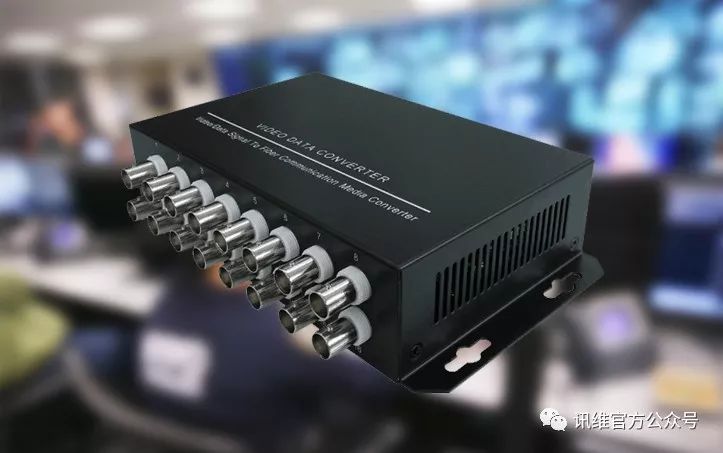What is a video optical transceiver? What kinds of categories are there?
In recent years, optical fiber communication has developed by leaps and bounds, and optical fiber can now also be used for video transmission, especially for digital video transmission applications. With the development of multimedia services, users have higher and higher demands for simultaneous transmission of multiple video image signals and multiple data signals. However, traditional uncompressed video transmission systems cannot achieve the function of simultaneously transmitting multiple video and data signals. , And the emergence of video optical transceivers broke this pattern.

Video optical transceiver definition
Video optical transceiver is a general term for video transmission equipment, sometimes also called video multiplexer or video extender. In most cases, a video extender refers to a video converter with a high-quality interface (for example, HDMI video converter); a video multiplexer refers to a multi-channel multimedia video converter (for example, 4-channel video/audio/ Data fiber multiplexer). Video optical transceivers are generally used in pairs, one is used as a transmitter and the other is used as a receiver, which is used for photoelectric conversion. In addition, in order to make full use of the optical fiber link, a video optical transceiver can also be used to multiplex multiple video channels and other types of signals such as audio and data into a digital stream (the various signals in the digital stream do not affect each other) for transmission. The process of multiplexing is realized through the time division multiplexing (TDM, Time Division Multiplexing) technology. In addition, video optical transceivers can also multiplex optical signals of multiple spectrums, increasing the density of optical fiber links. For example, in closed-circuit television monitoring systems, Coarse Wavelength Division Multiplexing (CWDM) technology is often used for multiplexing. Use optical signals, because this technology can multiplex optical signals of different wavelengths onto a single optical fiber for transmission.
Video optical transceiver type
Analog optical transceiver
Due to different signal transmission methods, optical transceivers are divided into analog optical transceivers and digital optical transceivers, but these two types of optical transceivers are both video optical transceivers. The analog optical transceiver uses PFM modulation technology to transmit signals, so the transmission distance can reach 50km. Of course, analog optical transceivers also have disadvantages such as poor stability, susceptibility to environmental influences, poor anti-interference ability, and difficulty in production and debugging, so analog optical transceivers generally can only transmit 4 channels of images on a single optical fiber.
Digital optical transceiver
Compared with analog optical transceivers, the processing technology of digital optical transceivers is more mature. It has long transmission distance (up to 120km), less environmental interference, high transmission quality, and supports up to 16 channels (even 32 channels/64 channels). /128) Road and other advantages.
1200W Human Sensor PTC Fan Heater
1200W Human Sensor Ptc Room Heater,Ptc Fan Heater,Ptc Tower Heater,Ptc Electric Fan Heater
Foshan Shunde Josintech Electrical Appliance Technology Co.,Ltd , https://www.josintech.com